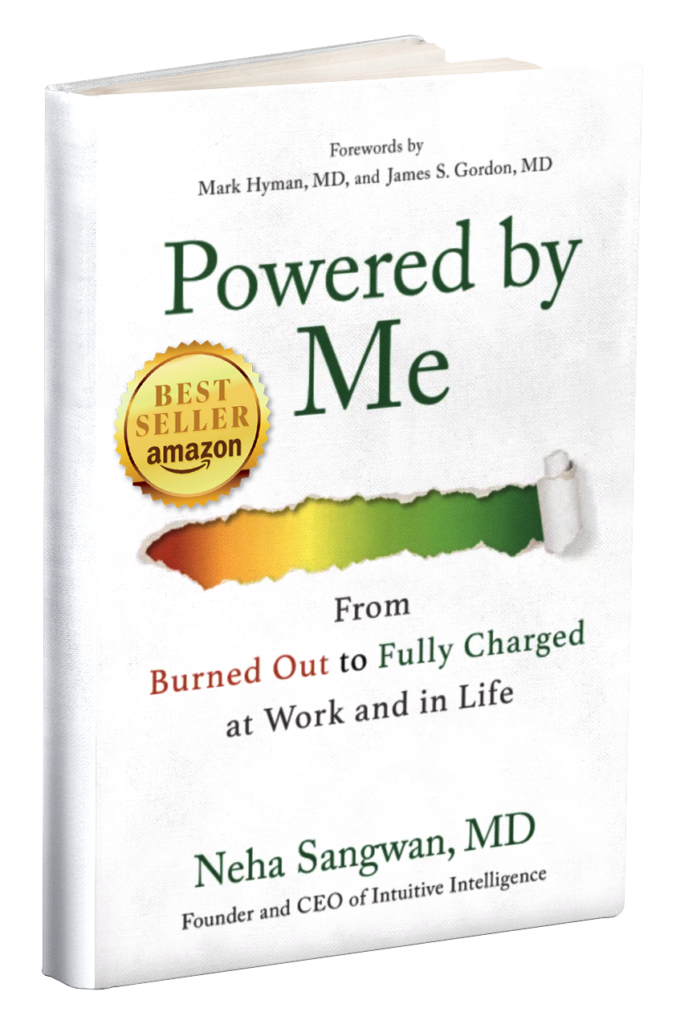DOWNLOAD MP3 | LISTEN ON SOUNDCLOUD
Welcome, Dr. Rosie Ward to the TalkRx Podcast! Rosie’s sweet spot is in organizational culture transformation. We do similar work in the world—transforming toxic cultures into healing organizations.
After experiencing a toxic culture that drained her passion, purpose and wellbeing—Rosie was empowered to build workplace cultures that support people to thrive. Fueled by the belief that work shouldn’t be something people have to endure—Rosie founded Salveo Partners, an organization focused on re-humanizing the workplace, so that people bring their best selves to the workplace and home every day.
Our new hybrid workplace has reminded us that culture is not a structure or a series of buildings. Culture emerges from how we connect, work and relate with one another. Whether people are in-person, virtual, or practicing a mix of something in between—as we discover and voice our unique needs, the future of our workplace culture is being co-created each day.
It’s also important that we pay attention to people’s “why.” Instead of blanket orders, saying, “You must be in the office 9-5 every day”—it’s important to start the conversation with a question like, “As we get the opportunity to be physically together again, what benefits does it give us? And what would make it more enticing to make the additional effort to do so?”
Prior to our challenges with hybrid work, we were struggling with ineffective communication, passive aggressiveness and a poor understanding of ourselves and those around us. Now these patterns will stop us from progressing in today’s fast-paced world.
The way of the future is to expand our perspective by empowering healthy, happy and high performing work cultures—by elevating our ability to communicate efficiently and effectively, drawing healthy boundaries and learning to show up authentically as our best selves.
As a quick example of how to expand your perspective, think about this question: Do you consider what medium of delivery you use for a conversation? How do you know whether to have a conversation or exchange in-person, virtually, or via text, chat or email?
The medium you choose determines how much data you are able to give or receive via body language, tone, and words with another person or people. If a communication is important, be sure you use a level of communication that provides the most data including:
- Body language (video / in person)
- Tone (voice)
- Words ( clearly spoken or written)
The general rule of thumb is that when you have a high stakes conversation, use a high level communication to transmit the most data and allow for the least opportunity for miscommunication. If you have communication that’s of medium-level importance, consider using both words and tone in order to gain alignment. And if you have mere confirmation of a meeting everyone has already agreed to, then by all means, send off a quick reminder on email.
With rapid transformation in technology and world events, our built-in structural boundaries between home and work have progressively gotten blurred. It’s easy to get perpetually distracted, forget to draw healthy boundaries and get caught up in the drama that comes in a fast-paced life. A quick path to burnout is draining your energy faster than you can replete it.
Whether we think we don’t deserve a boundary, we don’t see or understand the need for boundaries, or we don’t know how to communicate our boundaries and advocate for ourselves—a lack of healthy and clear boundaries is a primary way to undermine our own self-care and consistently drain our energy.
When you get clear about what you will and will not accept in relationships and at work, it makes it easier to bring the best version of you to the table. Boundaries help you eliminate unhealthy, dysfunctional patterns and establish healthy behaviors that allow you to advocate for what you need and stand in your personal power.
Healthy boundaries are semi-permeable layers that allow us to absorb the beauty the world around us has to offer, like compliments, love, connection —while also restricting the world’s negativity from undermining us through unnecessary negativity, put downs, and criticism.
A healthy boundary allows you to be fully present—so it might be as simple as setting times you will respond and answer texts or emails, and times you will put your phone away.
If a lack of boundaries leads to:
- poor communication
- unexpressed emotions
- passive-aggressiveness
- resentment
Then, in contrast, it makes sense that healthy boundaries and strong standards lead to:
- effective communication
- standing in our personal power
- connecting deeply with others
- aligning with the mutual purpose between us
You are allowed to present your best self and set boundaries around relationships that allow you to do that. Like asking for a conversation to happen at a time when you can be fully present, or acknowledging what topics of conversation work or don’t work for you.
It is helpful to give context so that the other person understands what is happening, while also knowing that “No” is a complete sentence. You don’t have to offer justifications or reasons why you need to reschedule or make a change to an engagement.
Something to remember that many people don’t anticipate is that:
When you draw healthy boundaries, the relationships in your life that are in alignment with where you are heading will move towards honoring those boundaries, and the relationships you may have outgrown could fall away.
It’s not always easy to do this, but given some time to reflect and adjust, you will likely recognize a new level of resourcefulness.
CONNECT WITH ROSIE:




